12 of the costliest cargoes in history
History's most famous, and costliest cargoes
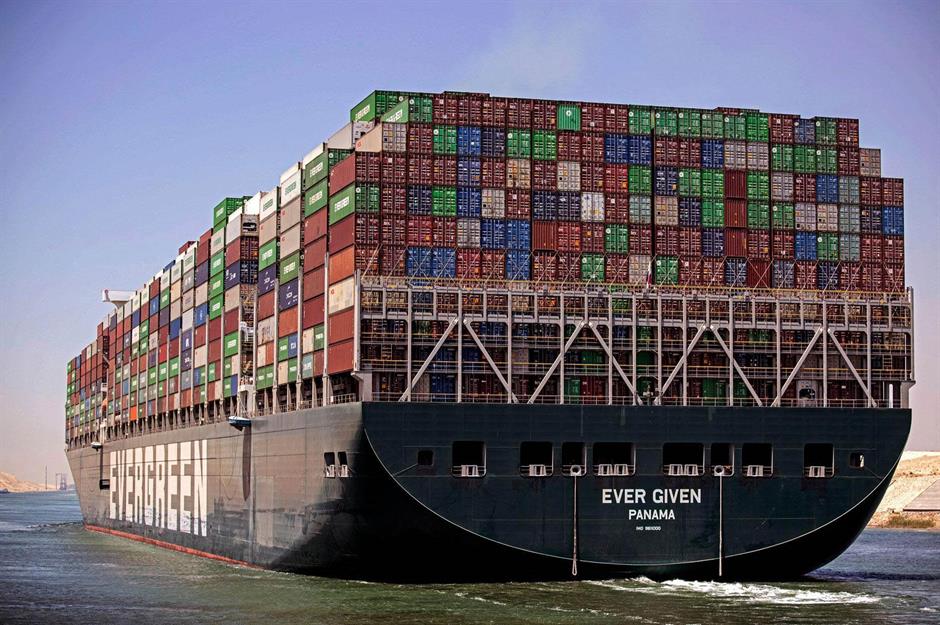
For centuries, ships have navigated the world's oceans carrying everything from gold and jewels to fleets of luxury cars – and even a single item worth a staggering $10 billion (£8bn). Read on to discover the stories behind 12 of the most famous, and valuable cargoes in history.
All dollar amounts in US dollars and figures adjusted for inflation.
Felicity Ace: $438 million+ (£348m+)

In March 2022, a cargo ship carrying thousands of luxury vehicles from Germany to the US sank off the Portuguese Azores archipelago almost a fortnight after it caught fire. Thankfully, all 22 crew members were able to abandon the ill-fated Felicity Ace and survive the calamity, but the vehicles on board weren't so lucky.
Felicity Ace: $438 million+ (£348m+)
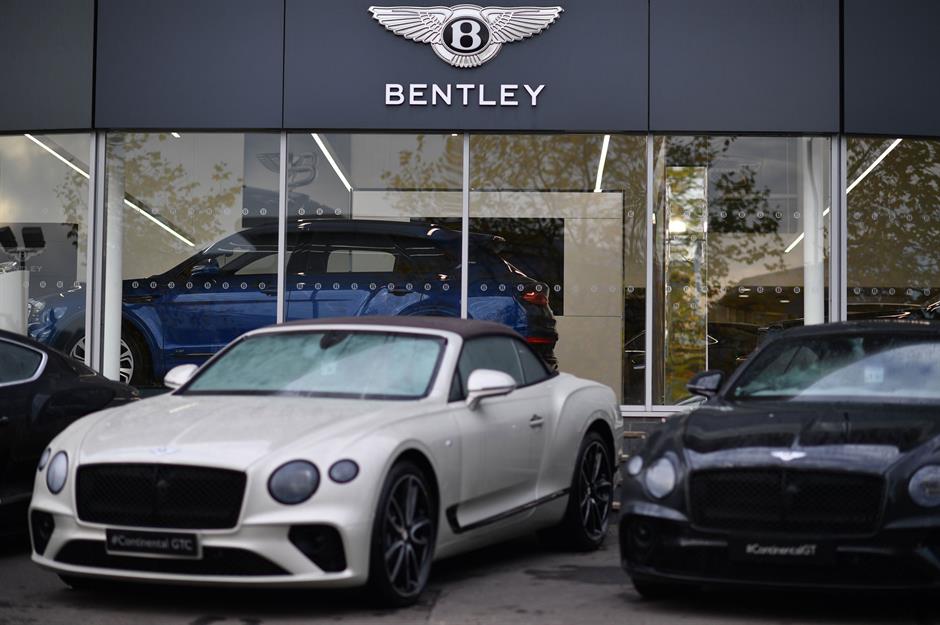
According to the ship's manifest, among the thousands of vehicles lost to the sea were high-end supercars, SUVs and several rare classics. In total, there were 3,965 cars on the carrier, most of which were Audis, Porsches and Volkswagens, as well as a few Bentleys and Lamborghinis.
The owners and insurers of the Felicity Ace are suing Volkswagen Group, saying the fire started from a Porsche's lithium-ion battery and that the car manufacturer is responsible for sinking the ship.
San Miguel: $533 million (£423m)

The San Miguel was one of 11 ships in the fabled Spanish treasure fleet that was loaded with gold, silver and other valuables making its way from Havana to Spain. Setting sail on 24 July 1715, the carrack sailed into a hurricane a few days later and sank off Florida's central coast.
San Miguel: $533 million (£423m)
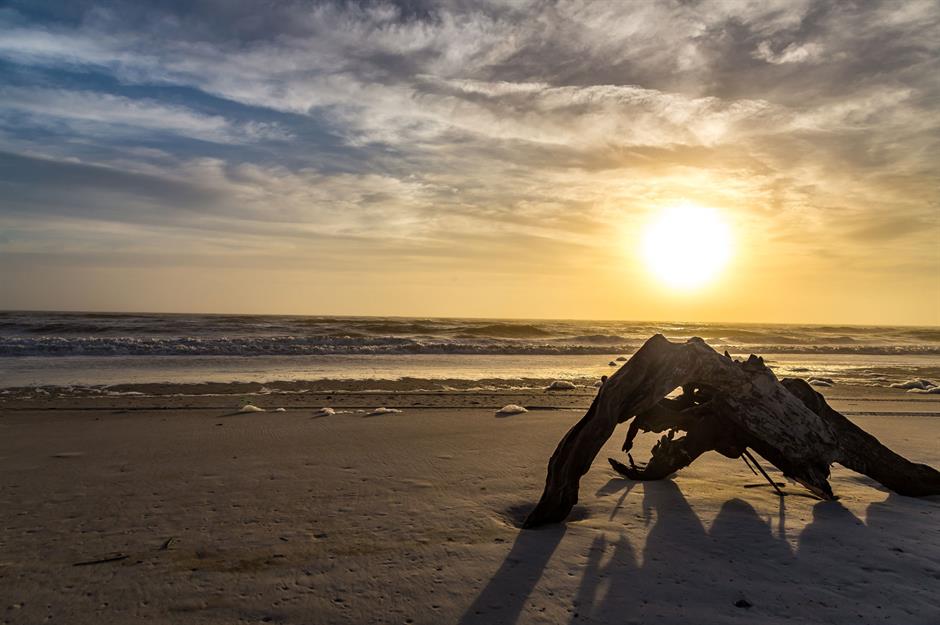
In 2015, divers located other ships and treasure from the 1715 fleet, estimating their combined cargoes at $400 million (the equivalent of $533m/£423m today). Since the San Miguel was the fastest ship in the fleet, it's believed the vessel was carrying the lion's share of the treasure.
To date, all attempts to locate this specific wreck have failed. The vicinity of Florida's Amelia Island is reckoned to be its most likely location.
Nuestra Señora de las Mercedes: $761 million (£604m)
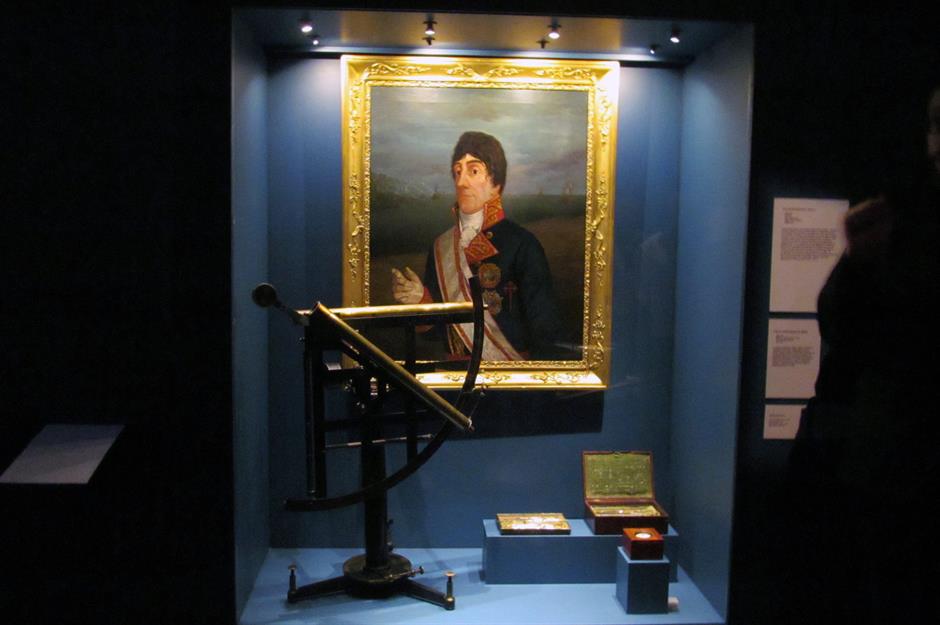
The Nuestra Señora de las Mercedes, commanded by José de Bustamante y Guerra (pictured), was a treasure-packed Spanish frigate that was sunk by the British off the coast of Portugal in an 1804 battle, killing 275 people.
Its precious haul of gold and silver coins was scooped up by US-based treasure-hunting company Odyssey Marine Exploration in 2007, which used the secret code name Black Swan Project to conceal the vessel's true identity.
Nuestra Señora de las Mercedes: $761 million (£604m)
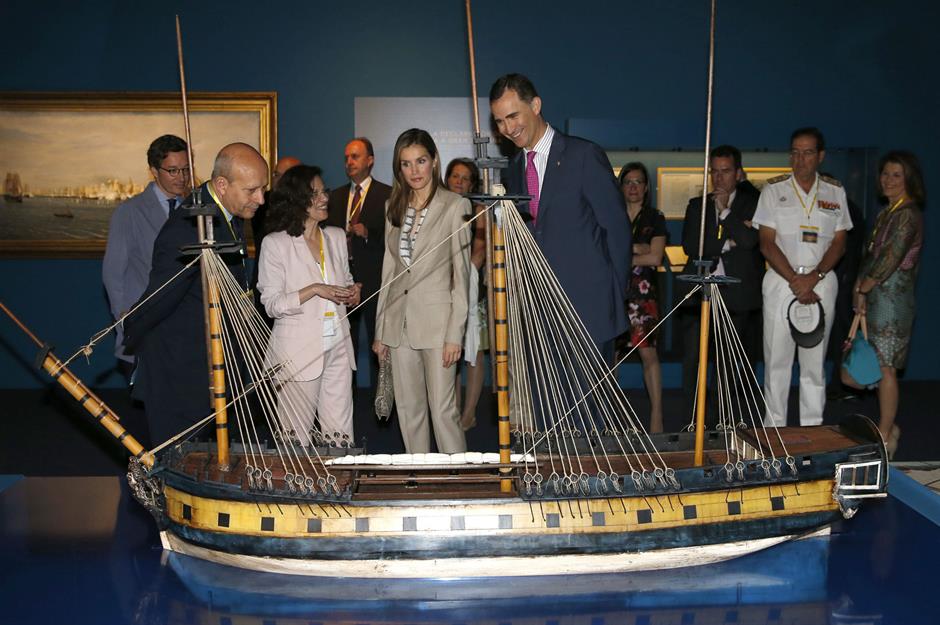
Odyssey Marine Exploration salvaged more than 500,000 silver and gold coins worth $500 million (the equivalent of around $761m/£604m today) and transported them to the US.
But the Spanish government launched a legal battle and was eventually awarded the treasure, which has since been displayed in museums across Spain.
Ever Given: $775 million (£615m)
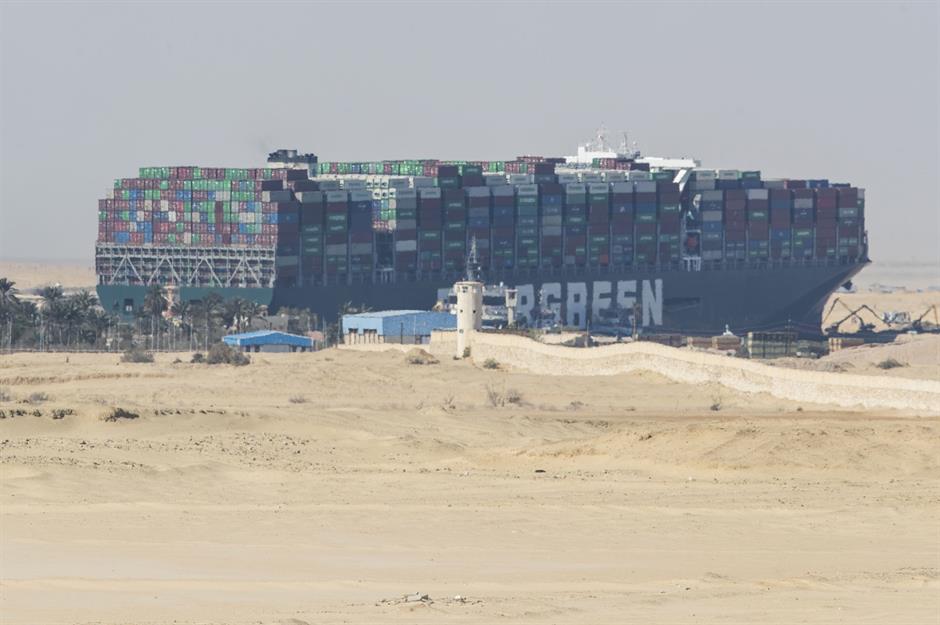
One of the largest container ships in the world, the Ever Given hit headlines in March 2021 when it ran aground in the Suez Canal, blocking the vital trade route for six days. The vessel, which can carry 20,000 standard shipping containers, is as long as the Empire State Building in New York, measuring 1,312 feet (399m).
Ever Given: $775 million (£615m)
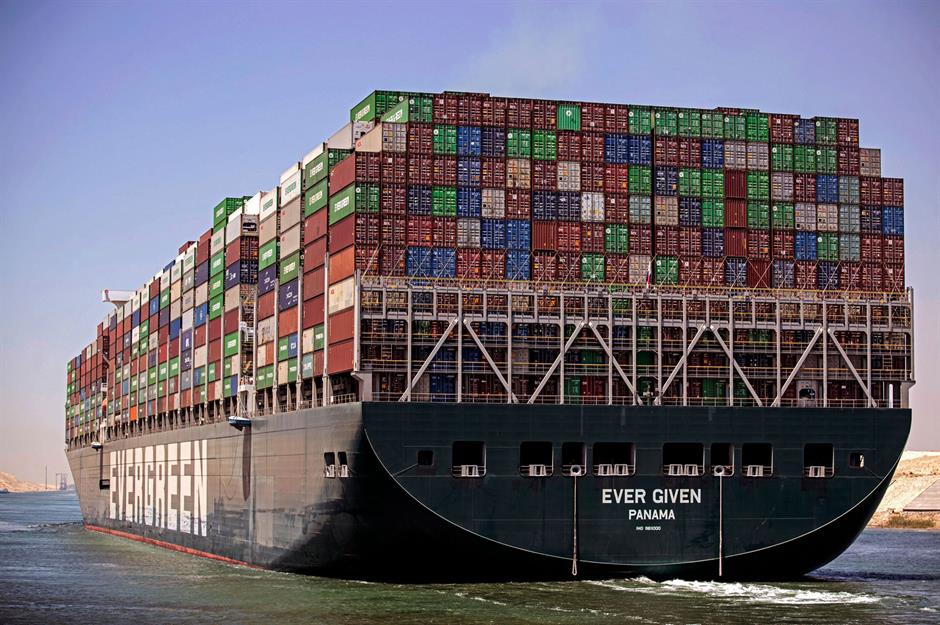
The Ever Given, which was travelling from Malaysia to the Netherlands, was transporting goods worth around $775 million (£615m), including Ikea furniture, Nike trainers and Lenovo laptops, as well as fresh produce.
After it was dislodged, Egyptian officials impounded the ship for three months at Great Bitter Lake, the midpoint of the canal, before a compensation deal was signed and the vessel was freed.
SS Central America: $849 million (£675m)

The so-called Ship of Gold, the SS Central America, sank in a hurricane in September 1857 off the coast of South Carolina. Of the 477 passengers and 101 crew members, only 100 or so people made it into lifeboats.
A reported nine tonnes of gold in the form of coins and bullion from the California Gold Rush had also been on the steamship, destined for New York to prop up the Big Apple's flagging banks.
SS Central America: $849 million (£675m)

The ship's loss had wide repercussions, contributing to the Panic of 1857, which was arguably the first global financial crisis. At the time those nine tonnes of gold were valued at $2 million, which is $72.5 million (£57.5m) today. But if the ship had made it to New York and the city's banks, the gold would be worth more than $849 million (£675m) considering the current price of gold.
Nuestra Señora del Juncal: $1 billion (£800m)

One of Spain's greatest treasure galleons, the Nuestra Señora del Juncal (Our Lady of Juncal), was full of gold, silver, jewels and luxury goods when it sank to the bottom of the Gulf of Mexico in October 1631, upending the Spanish economy. Just 39 out of the 300 people on board survived, and the valuable treasure remained lost to the sea.
Nuestra Señora del Juncal: $1 billion (£800m)

The ship's cargo is thought to have included up to 150 tonnes of precious metal and could be worth more than $1 billion (£800m), according to local news sources. Needless to say, the Spanish government is going all out to retrieve it and has partnered with Mexico to locate and salvage the wreck.
Whydah Gally: $1.2 billion (£955m)

The Whydah Gally, a ship carrying enslaved people as well as around 4.5 tonnes of gold and silver, was hijacked during its maiden voyage in 1717 by the infamous pirate 'Black Sam' Bellamy and his crew. Local legend has it that the pirate's fleet of ships encountered a violent storm off the New England coast and he and his crew were too drunk to save the ship from sinking.
Whydah Gally: $1.2 billion (£955m)
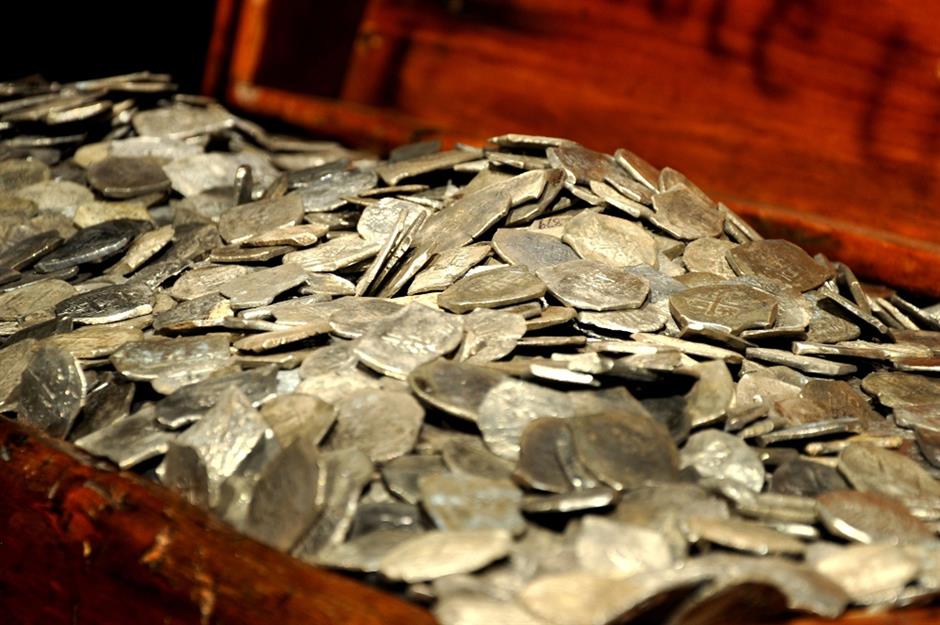
The wreck was finally discovered in 1984 by underwater explorer Barry Clifford. At the time, experts estimated that around $400 million was lurking within the ship, which would be worth around $1.2 billion (£955m) today. Since the discovery, a multitude of artefacts have been recovered and put on display.
Nuestra Señora de Atocha: $1.2 billion (£955m)
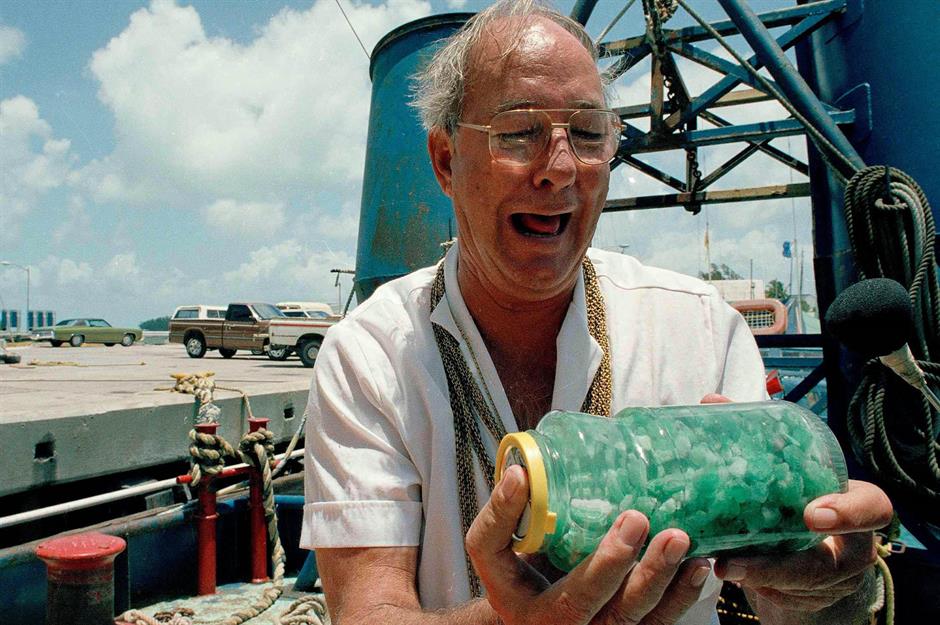
One of the ships that made up Spain's legendary treasure fleet, the wreck of the storied vessel Nuestra Señora de Atocha was discovered by superstar treasure hunter (and former chicken farmer) Mel Fisher (pictured) in 1985 following a 16-year search.
The ship set sail from Havana on 4 September 1622 and went down a few days later in a hurricane off the Florida Keys, with only five of the 265 crew members surviving the wreck.
Nuestra Señora de Atocha: $1.2 billion (£955m)
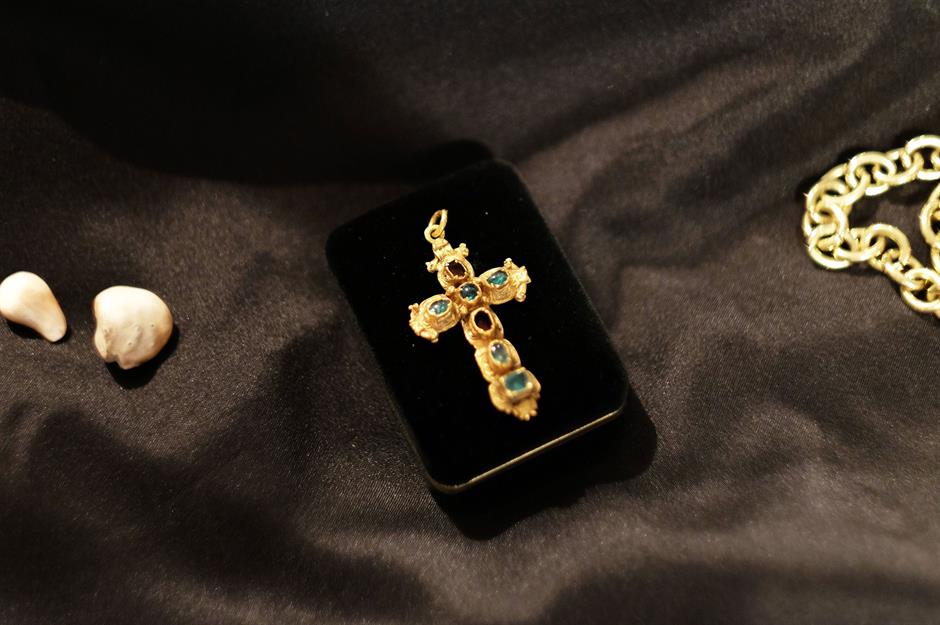
The ship was loaded with tonnes of gold, silver, exquisite Colombian emeralds and other gems. Though he didn't recover all the vessel's reported treasure, Fisher's bountiful haul amounted to $400 million at the time, which is about $1.2 billion (£955m) today. Best of all, the fortuitous treasure hunter was allowed to keep it after fending off a legal challenge by the Florida courts.
Flor de la Mar: $2.5 billion (£2bn)

The Portuguese carrack Flor de la Mar, which means 'flower of the sea' in English, sunk in the shoals of the island of Sumatra in late 1511. All sorts of questions surround the fabled vessel, with some reports suggesting its treasures, which have been pegged at around $2.5 billion (£2bn) in today's money, were either looted by locals or recovered by the Portuguese.
Flor de la Mar: $2.5 billion (£2bn)
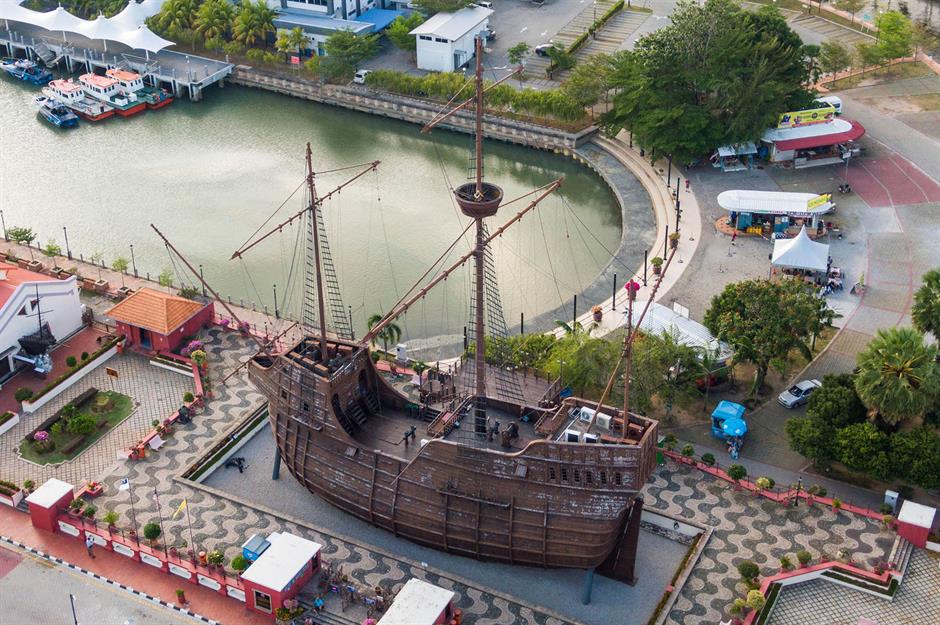
In any case, that hasn't stopped a long line of treasure hunters from attempting to locate what remains of the carrack and, more importantly, its precious cargo (a replica is shown here). None of these attempts has resulted in conclusive proof that the ship and its treasures have been located...so far.
RMS Republic: $10 billion (£8bn)
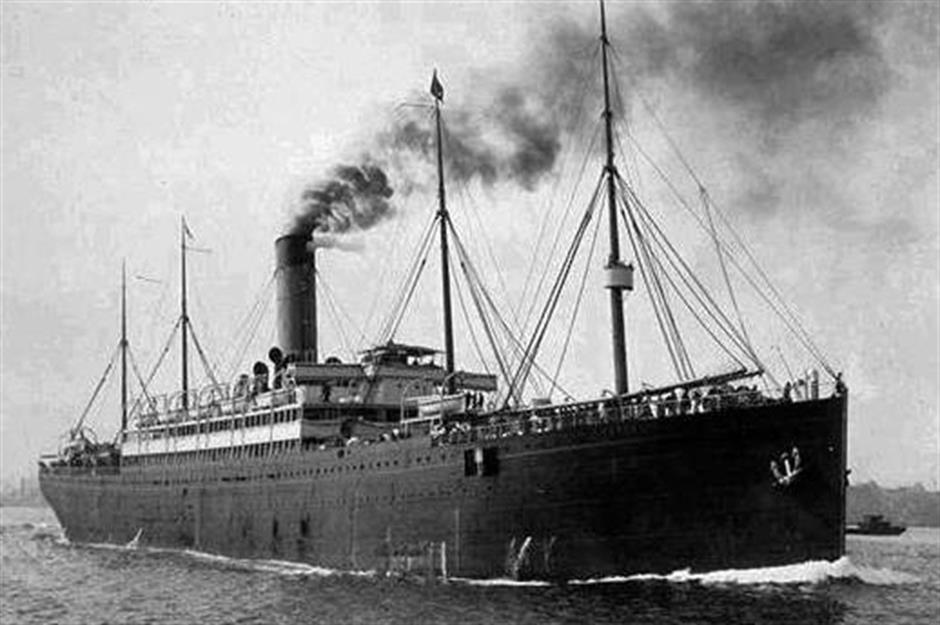
Like its fellow luxury White Star Line passenger ship the Titanic, the RMS Republic met a tragic end. On 23 January 1909, the swish liner, which was considered as unsinkable as its more famous counterpart, went down in the North Atlantic, 50 miles off Massachusetts, after colliding with another ship called the Florida in dense fog. Fortunately, more than 1,500 passengers and crew were rescued, with only six reported deaths.
RMS Republic: $10 billion (£8bn)
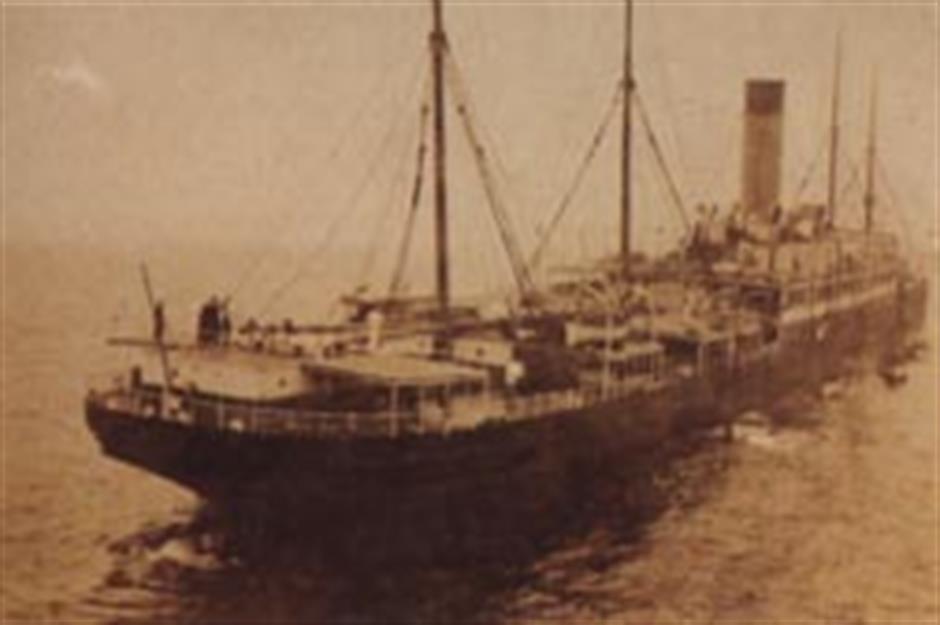
The many stories over the years of the ship carrying enormous quantities of gold prompted treasure hunter Martin Bayerle to look for it. The wreck was located in 1981 but Bayerle spent years fighting court battles to gain permission to salvage the valuables, and the supposed gold has yet to be retrieved.
If the ship does indeed contain the multitude of gold coins Bayerle believes it's hiding, it could be worth more than $10 billion (£8bn).
MN Colibri: $10 billion (£8bn)
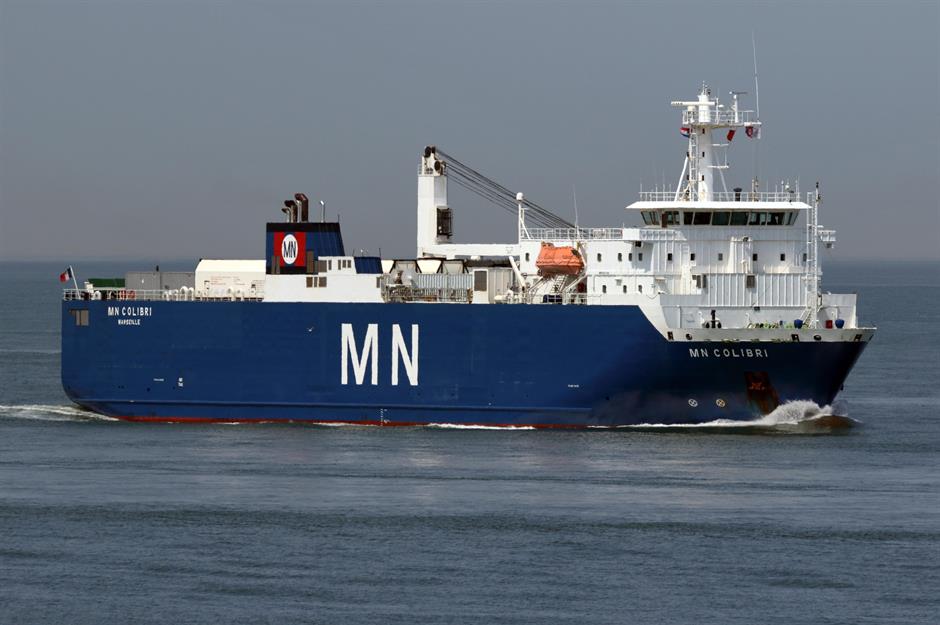
The MN Colibri is a roll-on/roll-off (Ro-Ro) cargo ship that looks like an ordinary vehicle-transporting vessel from the outside. However, appearances can be deceiving; this ship was actually specially designed to transport colossal rocket parts and other key components for the aerospace industry.
MN Colibri: $10 billion (£8bn)

Among the many pieces of equipment delivered by the MN Colibri is the most expensive single piece of cargo ever shipped, worth an astronomical $10 billion (£8bn). In 2021, the tricked-out vessel carried the newly completed James Webb Space Telescope from California to Europe's Spaceport in French Guiana (its arrival is pictured here). The telescope was launched into space on the Ariane 5 rocket on Christmas Day of the same year.
San José: $20 billion (£16bn)

Now for the Holy Grail of shipwrecks. The illustrious Spanish galleon San José was carrying around 200 tonnes of gold, silver and emeralds when it was sunk by the British navy in 1708 off the coast of Cartagena, Colombia (pictured). Its vast treasure could today be worth up to $20 billion (£16bn).
San José: $20 billion (£16bn)

The richest ship that ever sailed was officially discovered in 2015, though American salvage company Sea Search Armada (SSA) claim they found the ship in the early 1980s. While the Spanish government and Bolivian Indigenous community the Qhara Qhara nation have claimed ownership of the wreck, the Colombian authorities are pressing ahead with a $70 million (£56m) salvage operation and plan to display the San José's treasures in a purpose-built museum in the historic Caribbean seaport city of Cartagena.
Now discover more about the battle for the $20 billion 'holy grail' of shipwrecks
Comments
Be the first to comment
Do you want to comment on this article? You need to be signed in for this feature
Most Popular
Savings and ISAs April Premium Bond winners revealed: check if you've won big